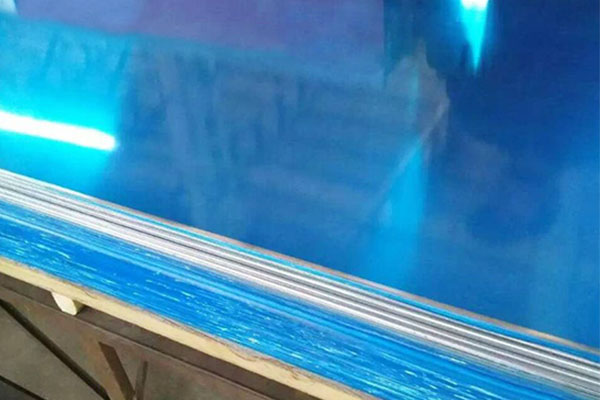How to guarantee film thickness of anodized aluminum plate
September 6, 2019
To guarantee the film thickness of an anodized aluminum plate, manufacturers should pay attention to the following six points.
A. The materials of different purity should have the anodization time separately. The film formation speeds of aluminum alloys with different purity are different, so the time of anodization should be treated separately. Under normal circumstances, the lower the purity of aluminum, the slower the film formation speed. Therefore, it is necessary to adjust the anodizing time according to the type of alloy.

B. The area of aluminum plate to be anodized should be calculated correctly in advance. At the same time, the area of the fixture used should also be counted in the calculation, otherwise the input current density may be too large or too small, which makes it difficult to guarantee the film thickness.
C. Correctly record the lasting time of anodizing. When an aluminum plate is hung in the anodizing tank, the current should be immediately distributed, and the current delivery time and the time of the product discharging should be recorded at the same time. When the thickness of the film is increased by a constant current density anodization, the thickness of the oxide film increases in proportion to the time in a certain period of time. As the time increases, the oxide film gradually thickens. If the entry and exit time is not recorded at the time, the film thickness is difficult to guarantee.
As an important standard reflecting product quality, the film thickness of an anodized aluminum plate should be guaranteed in spite of high costs, or else the fame of a manufacturer could be ruined easily, which is really a pity in the long run.


 Nydia
Nydia
 Sales Manager
Sales Manager